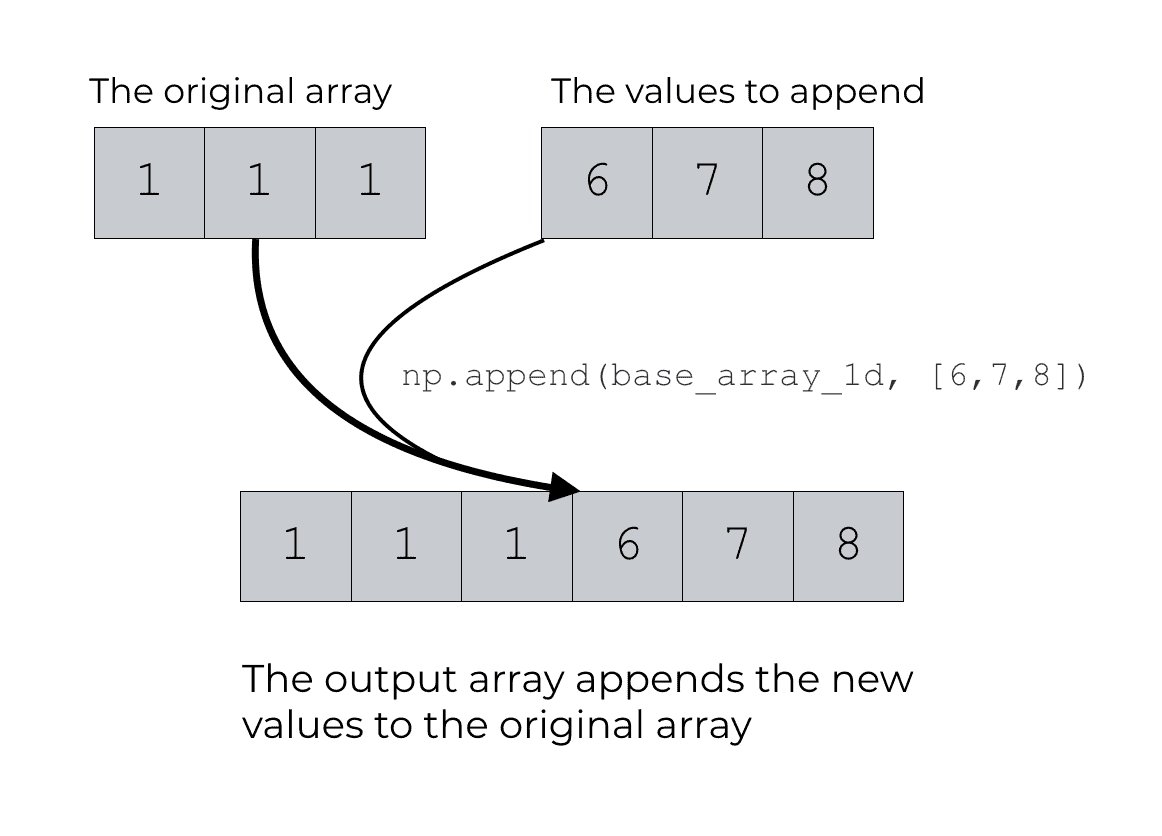So, you've got a DataFrame, that trusty table of data, and a bunch of juicy NumPy arrays just begging to be part of the party? Appending NumPy array rows to a DataFrame might sound like something only data scientists do, but trust me, it's a surprisingly versatile trick with creative applications for everyone from aspiring artists to hobbyist programmers!
Why should you, the non-data-scientist, care? Well, think of it this way: DataFrames are great for organizing structured information. NumPy arrays are efficient containers for numerical data. Combining them allows you to, for example, create image data sets in different forms. For artists, this could mean programmatically generating variations of a digital painting. Imagine starting with a base image (represented as a DataFrame) and then using NumPy to calculate subtle color shifts and add them as new rows, effectively creating a series of related artworks. For hobbyists, it could be building a database of their favorite recipes, where each ingredient is represented numerically (e.g., calories, weight) in a NumPy array and added as a row to the main recipe DataFrame. For casual learners, it's a fantastic way to practice fundamental data manipulation skills while building something tangible and fun.
Let's look at some fun examples. Say you're generating abstract art. You could have a DataFrame tracking the RGB values of different color palettes. Then, using NumPy, you create arrays representing slight variations of those palettes (perhaps adding a little red, subtracting some blue). Appending these new arrays as rows creates a dataset of subtle color variations, ready to be used in your artwork. Or, perhaps you're a knitting enthusiast. You could use a DataFrame to store your patterns. Each row could represent a row of stitches, and you could use NumPy to create arrays encoding color sequences or stitch types for new rows, generating variations on a basic pattern with ease.
Ready to try it at home? The basic code looks something like this (using Python with Pandas and NumPy):
import pandas as pd
import numpy as np
# Assuming you have a DataFrame called 'df' and a NumPy array called 'new_data'
# Make sure the array has the same number of columns as the DataFrame
new_row = pd.DataFrame(new_data, columns=df.columns)
df = pd.concat([df, new_row], ignore_index=True)
Tip number one: Ensure your NumPy array has the correct shape (number of columns) to match your DataFrame. Tip number two: If your array data types don't match the DataFrame's, Pandas might try to be helpful and convert them, but it's best to ensure they're compatible beforehand. Tip number three: The `ignore_index=True` argument in `pd.concat` is your friend – it resets the index of the DataFrame after appending, preventing duplicate indices.
Appending NumPy arrays to DataFrames is more than just a technical skill; it's a gateway to creative exploration. It allows you to build, modify, and experiment with data in a structured way, opening up a world of possibilities for artistic expression, hobby projects, and simply having fun while learning. The feeling of seeing your code translate into something tangible, whether it's a slightly different shade of blue or a new twist on a knitting pattern, is incredibly rewarding. So, give it a try! You might be surprised at what you create.





